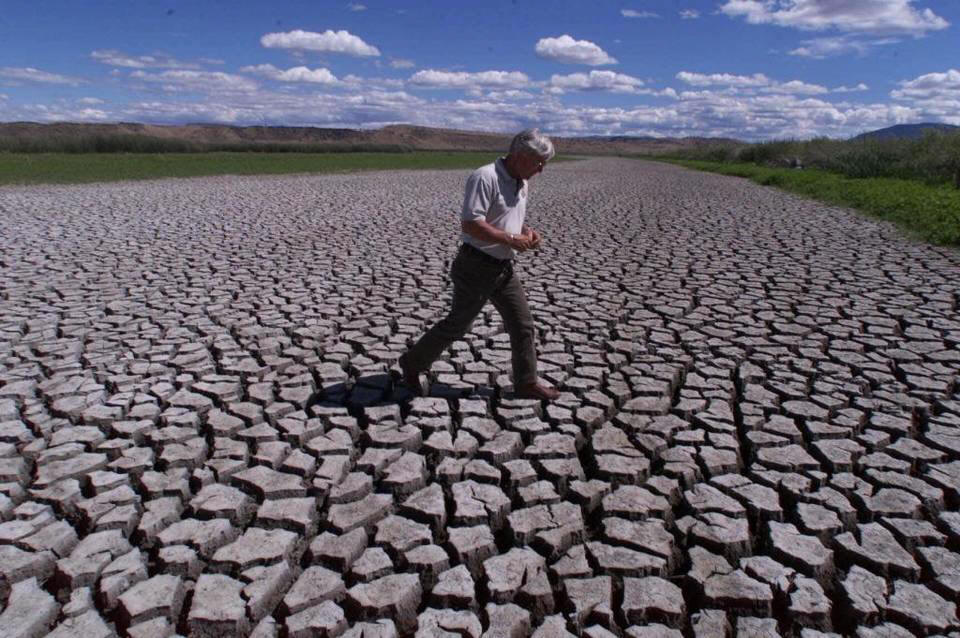Northern California and Oregon irrigation districts
have won a key round in a long-running legal battle
as they seek compensation for their loss of water in
the Klamath River Basin.
In a 53-page opinion, U.S. Court of Federal Claims Judge Marilyn Blank Horn concluded the federal government’s 2001 diversion of Klamath River Basin water amounted to a “physical taking” of the irrigation districts’ property. Horn’s ruling Wednesday rejected the government’s argument that the diversion instead amounted to a “regulatory taking.”
The technical-sounding difference could shape the final dollar-and-cents’ outcome. As attorney Josh Patashnik put it in a Santa Clara Law Review article, a judge’s determination of a physical rather than regulatory taking “often plays a central role in determining whether property owners are paid compensation.”
“The distinction is important because physical takings constitute per se takings and impose a ‘categorical duty’ on the government to compensate the owner, whereas regulatory takings generally require balancing and ‘complex factual assessments,’ ” Horn noted.
Horn’s decision marks the latest turn in a roller-coaster case first filed Oct. 11, 2001, by the Klamath Irrigation District, individual farmers and other water users in the region straddling Northern California and southern Oregon. The case went back and forth and was originally dismissed but then resurrected in 2011 by an appeals court.
The districts and farmers, represented by the D.C.-based Marzulla Law firm, contend the government owes compensation, under the Fifth Amendment, for the temporary cessation of water deliveries in 2001 in order to protect endangered species including the Lost River sucker. The various legal and procedural complications are enumerated in the 474 separate court filings made since the first lawsuit landed in the court located near the White House.
Drawing support from past Western water cases, Horn noted that government officials employed “physical means” to cut off the farmers’ water.
“By refusing to release water from Upper Klamath Lake and Klamath River, the government prevented water that would have, under the status quo ante, flowed into the Klamath Project canals and to the plaintiffs,” Horn wrote.
Horn added that she was in “no way making any determinations as to the nature or scope of plaintiffs’ alleged property rights,” which will be figured out in a trial.
Michael Doyle: 202-383-6153, @MichaelDoyle10

